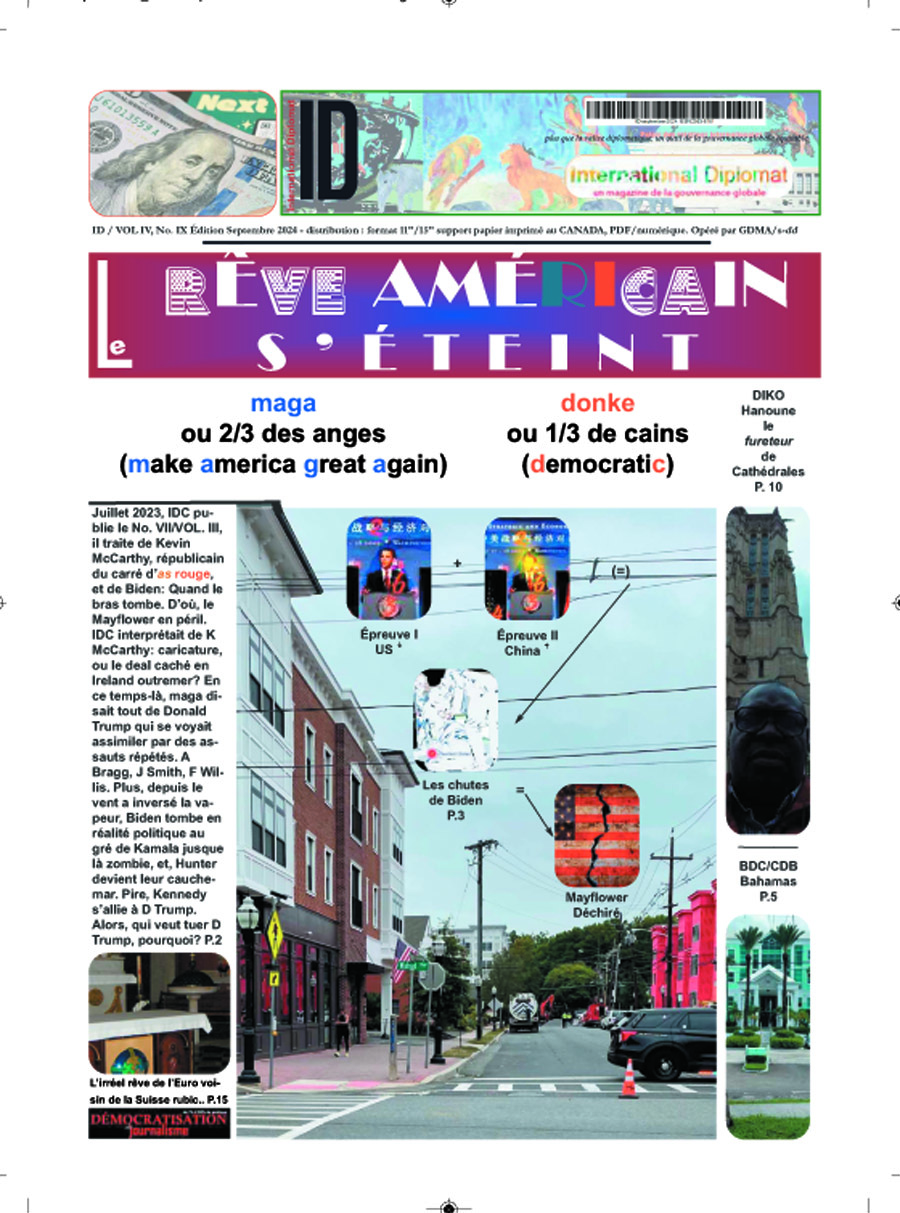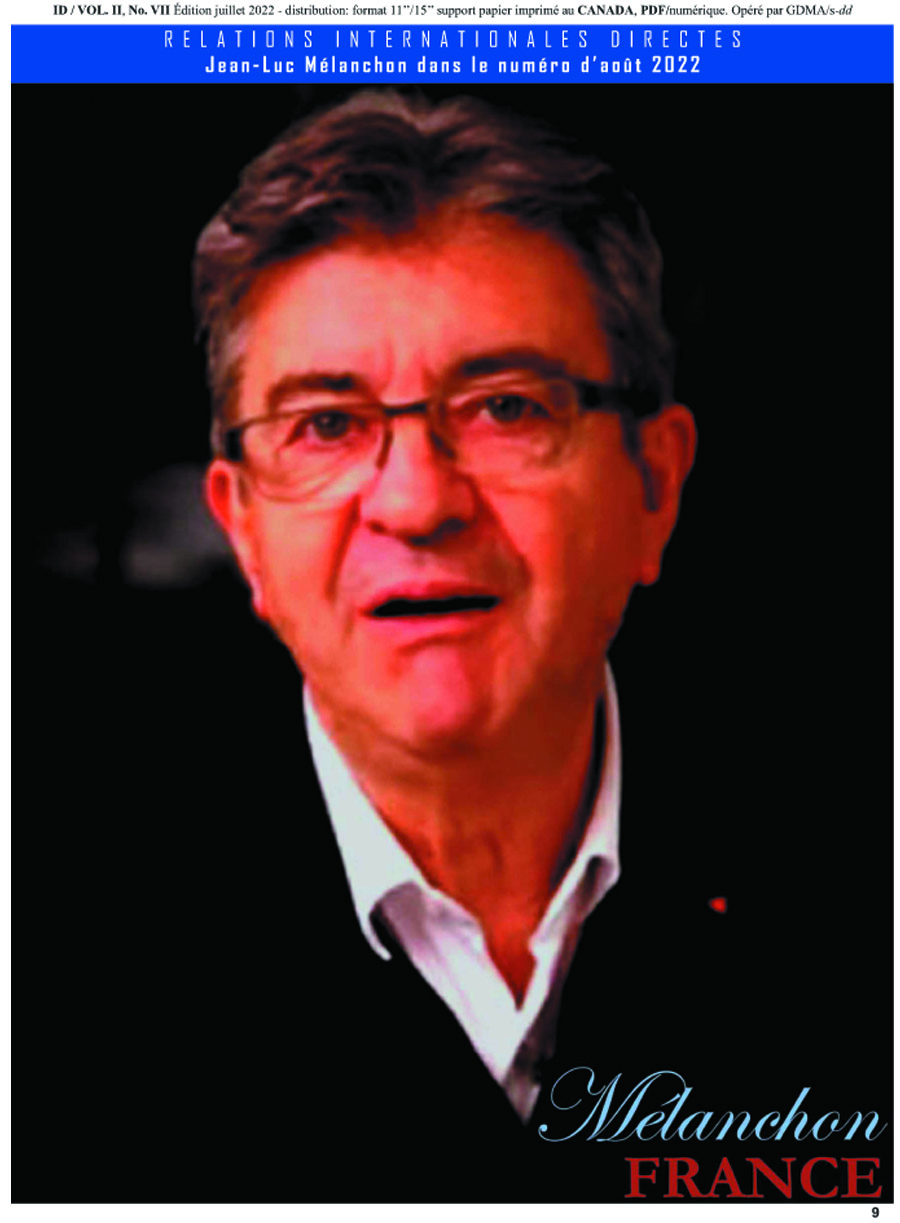
Patrick Sarsfield (c.1655-1693): Treaty of Limerick by Ita Marguet
An exhibition titled Strangers to Citizens: The Irish in Europe 1600-1800 was held at the National Library of Ireland in 2008. It tells their story through commentaries and explanations with a number of visual aids of images and major facets about Ireland, Journeys, Colleges, Military, Merchants and Professionals. The exhibition displayed a wide selection of historical and other literature with access to several data bases for research on the Irish in Europe and beyond.
A major exodus from Ireland occurred in 1692 after the signature of the Treaty of Limerick, military and civil, on 3 October 1691 allowing the defeated supporters of James II to leave Ireland and promising religious tolerance for Catholics. Under the leadership of the old English-Gaelic Catholic commander, Patrick Sarsfield, he and thousands of his troops were allowed to go into exile to serve in the armies of Louis XIV. They left with their families and entourage dispersing through many regions of continental Europe and beyond. The exodus later became known as the ‘Flight of the Wild Geese’ and Sarsfield continued his leadership role becoming a decorated and highly regarded French military officer. Many descendants of the Wild Geese went on to become prominent military and civil families throughout French society down the centuries, with names such as McMahon, Quin, McCarthy, Clarke and Lynch, who established a number of prominent wine chateaux*.
More broadly the term ‘Wild Geese’ is used in Irish history to refer to the soldiers who served in the armies of continental Europe between the sixteenth and nineteenth centuries. Since 1995 The Wild Geese Heritage Museum and Library serves as an important national source tracing the achievements of these Irish soldiers and their descendants who served in the famous ‘Irish Brigades’ in France and around the world.
Patrick Sarsfield, first Earl of Lucan
He was the second son of a landed gentry family. His date and place of birth are unsure, and details of his childhood, education and early military service are sketchy. He is first mentioned in army registers in 1678, when his regiment was disbanded. His military reputation was established at the Battle of Sedgemoor (1685), where the Duke of Monmouth, the illegitimate son of Charles II, was defeated in his attempt to seize the throne. A grateful King James II made him Lieutenant-Colonel of a cavalry regiment. In 1688 he took part in an attempt to stop the invasion of Ireland by William III and then joined James ll exiled in France. During the wars in Ireland he was promoted to brigadier with command of a cavalry regiment 1689.
After defeat at the Battle of the Boyne in 1690 and the Battle of Aughrim in 1691 he was instrumental in rallying the dispirited Jacobite troops and encouraging them to fight on. His raid on the protestant Williamite artillery cavalcade at Ballyneety, Co. Limerick in August 1690 further enhanced his reputation, though he took no direct part in the defence of Limerick. Leader of the war faction of the Jacobite troops he strongly rejected any overtures to negotiate with William. His volte face in agreeing to the Williamite Baron van Ginkel’s terms in October 1691 appears to have resulted from a loss of nerve; and his limited political skills were shown in the careless drafting of the religious liberty clause in the Treaty of Limerick. He resumed his military career on the Continent and died from wounds received in Belgium at the Battle of Landen (1693).
A freestanding bronze statue of him stands on a pedestal on the front lawn in front of the presbytery of St. John’s Cathedral in Limerick. He is also remembered with Sarsfield Bridge, the principal bridge over the Shannon at Limerick, and Sarsfield House. Placed on a support the ‘Treaty Stone’ of Limerick is an irregular shaped lime stone decorated with a carving of King John’s Castle along with a cross and a dome to signify Limerick as a cathedral city. Information boards nearby outline its history, including the Siege of Limerick, Flight of the Wild Geese, and the role played by Patrick Sarsfield as a joint signatory to the Treaty. An official engraving in 1695 shows ‘The Irish Town’ and ‘The English Town’ at the time of the artillery attack.
The annual Wild Geese Festival takes place on Bastille Day, 14 July, at the King John’s Castle to mark Ireland’s long historic connection with France. With the help of the city’s mayor and honorary French Consul the Festival Committee has embarked on an ambitious plan to bring the remains of Patrick Sarsfield back to Limerick. The exact place of his burial is in doubt while records indicate he was buried in the grounds of Saint Martin’s Church, in the small town of Huy, Belgium. All that remains are the remnants of an outer wall with a commemorative plaque in place. “2021 marks the 330th anniversary of the Siege of Limerick and the project to bring Patrick Sarsfield home is timely in that regards. He was an important figure in Irish and French history but he died in a country not of his choosing. It is an ambitious project but we believe an important one. The project is to seek old historic records that will require a team of archaeologists for further research”.
Note: Acknowledgement is given to encyclopaedic and other sources used in preparation of this text. It follows Limerick: Irish City of Culture, August 2014, *The Irish Wine Connection: Bordeaux Wine Trade, November 2016, and related texts on the exodus of ‘The Wild Geese’ from Ireland to mainland Europe and well beyond due to the political, religious and social upheaval of the period. On 9 April 1919 the British Government invoked martial law in Limerick to prevent trouble at the burial of a prominent Republican and trade union activist who had been in prison. Workers took control of the city until the strike ended on 24 April following negotiations between the Catholic bishop and the city mayor. It became known as the ‘Limerick Soviet’.





